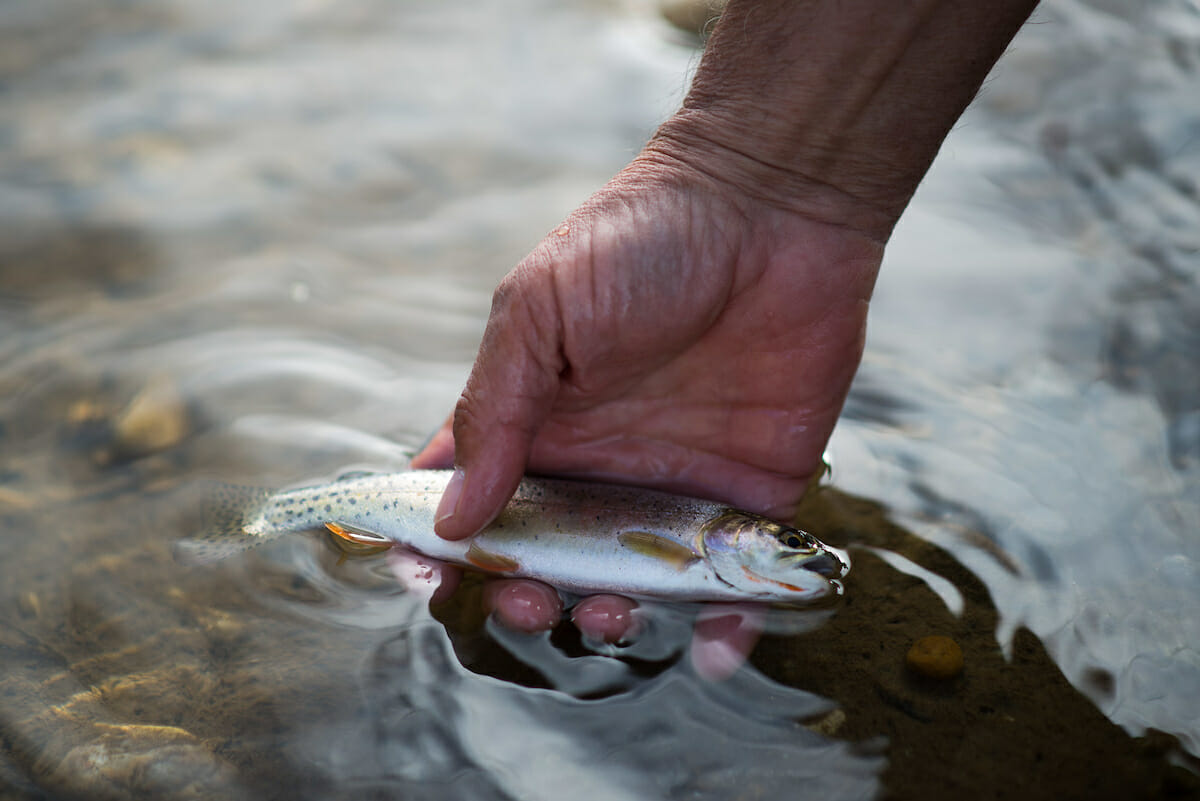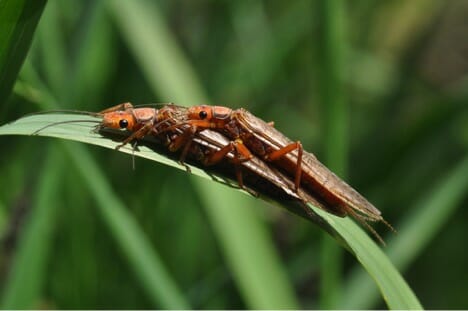By Jack Williams
We love our big iconic rivers: the Snake, the Rogue, the Umpqua, the Klamath, the Gunnison, the Madison, the Salmon, and the Henry’s
Fork to name but a few. These waters invoke passion among anglers, river runners, and all those who appreciate the beauty of wild, clean rivers.
But just like anything else, these big rivers are formed from smaller parts. Each of these rivers is fed by small tributary streams far in their headwaters. Small streams continue to add vital flows, nutrients, woody material, and gravels to the larger rivers as they head downstream. This dependence of the big rivers on the smaller streams is an important one, not only for hydrology and flows, but also for the ecology of the river, the health of fish populations, and the prosperity of nearby communities.
Ironically, the importance of these small streams seems lost in the debate about proposed changes to the Clean Water Act. Why worry about protecting small streams? Trying to protect our big rivers without protecting their tributaries is like trying to control your weight without watching what you eat. It’s all about the inputs.
Let’s review some of the values of small tributary streams to their larger rivers.
1. Headwater tributaries are the primary connection between larger spawning and rearing streams and the terrestrial environment. Tributary streams are the primary sources for downstream sediments, gravels, nutrients, invertebrates, and large woody material that support downstream fish populations.
2. Tributary streams are primary sources of cold water for trout and salmon bearing streams. Even ephemeral or intermittent streams can provide important sources of cold, subsurface flows that support spawning areas for coldwater fishes in downstream rivers. One study published recently in the journal Freshwater Science found cold-water patches at 53 percent (36 of 68) of tributary confluences examined. Of these, 14 tributaries had no flowing surface water, and all the coldwater was provided by subsurface flows.
 3. Tributary streams can provide the primary sources of food for trout and salmon bearing streams. One study in Alaska found that fishless headwater streams produced about half of the aquatic insects consumed by fishes in downstream rivers. Another study in Washington state found that salmon and steelhead in the Methow River were primarily supported by prey items produced in side channel and tributary environments.
3. Tributary streams can provide the primary sources of food for trout and salmon bearing streams. One study in Alaska found that fishless headwater streams produced about half of the aquatic insects consumed by fishes in downstream rivers. Another study in Washington state found that salmon and steelhead in the Methow River were primarily supported by prey items produced in side channel and tributary environments.
4. Tributary streams provide essential ecosystem services to rivers and nearby human communities. These ecosystem services include sediment storage, pollution control, nutrient recycling, flood control, water storage, and groundwater recharge of aquifers. Tributary streams have been found to store fine sediments for decades and prevent these fine sediments from choking downstream spawning and rearing habitats. Headwater tributaries process and retain excess nutrients, such as phosphorus and nitrogen, and help buffer impacts from activities occurring in terrestrial, upslope areas.
5. Headwater streams are important for their sheer quantity. Headwater tributaries are the most numerous component of the stream network. They literally make the larger rivers. Despite their small size, headwater streams typically drain between 70 to 80 percent of the entire watershed area.
6. During high runoff years, many typically smaller tributary streams will support limited spawning and rearing habitat for trout and salmon. For instance, coho salmon can spawn in streams only a few feet in width and mere inches in depth. Juvenile salmon may utilize low-gradient tributary habitat for rearing even if spawning occurs in larger stream channels.
7. Tributary streams are important sources of biological diversity, especially for amphibians and aquatic insects. Small streams can provide 25 to100 percent of emerging insects consumed by organisms such as bats, birds, and salamanders.
The condition of tributary streams determines their ability to provide the benefits described above. Habitat complexity – especially inchannel complexity provided by large wood, boulders and gravels — is very important to maintaining values in tributary streams. So are clean water and healthy riparian habitats.
Dredging, channelizing, removing instream structure, introducing pollutants, and loss of riparian vegetation are the most common causes of stream degradation. The most recent National Rivers and Streams Assessment conducted by the EPA reviewed data available from 1.2 million stream miles from smallest headwater streams to largest rivers. The EPA found that 46 percent of our nation’s streams were in poor biological condition, 25 percent in fair condition, and 28 percent in good condition.
What were major drivers of poor stream condition? More than 40 percent of streams had nutrient pollution problems, 24 percent had poor quality riparian vegetation, 20 percent had high levels of riparian disturbance, and 15 percent had excessive fine stream sediments. These drivers of reduced stream condition are exactly the kinds of problems that can be addressed by protecting our tributary streams through the Clean Water Act.
As the Trump Administration continues its rollback of rules and regulations that protect our water quality it might be wise to remember where our big rivers come from and what makes them so important to all Americans. It’s all about the inputs.
Jack Williams is the senior scientist for Trout Unlimited



